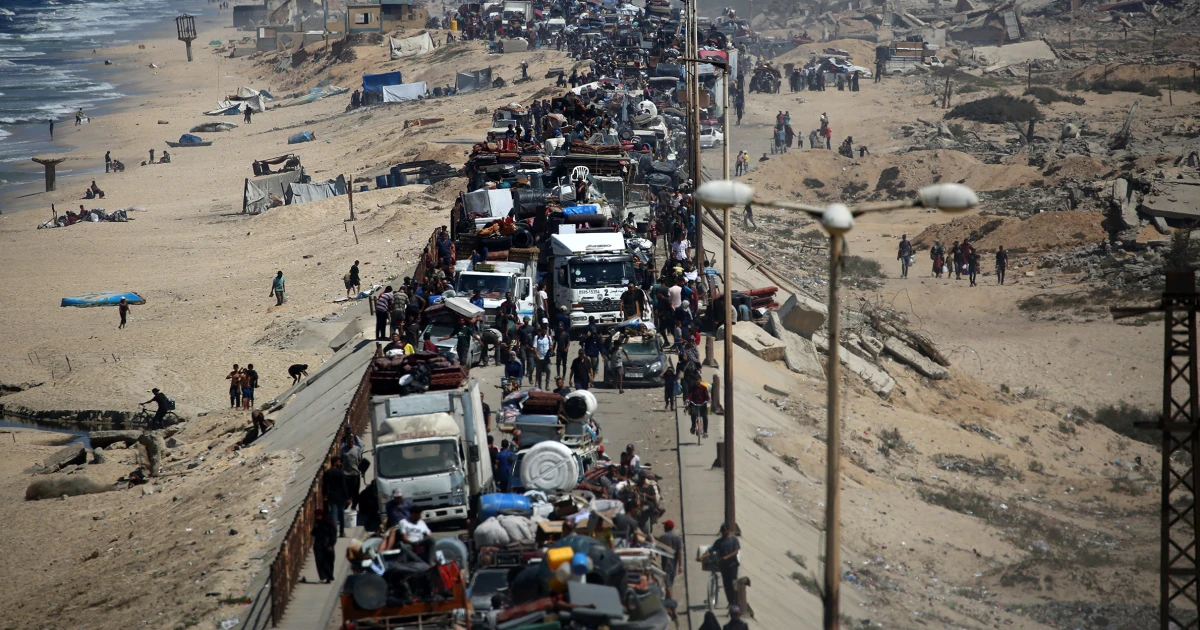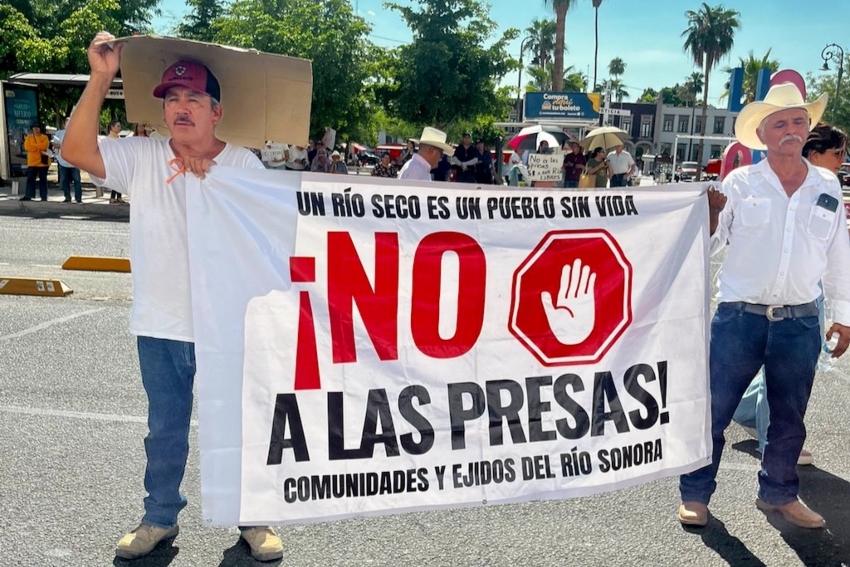
TEL AVIV — Having lost his eyesight in an Israeli airstrike, Ahmed Daif Allah spent part of the past week stumbling blindly toward an uncertain safety.
“The journey is incredibly tough, more than anyone could imagine,” Ahmed’s wife, Rafiq, told a local journalist who provided their footage to NBC News. “There is no pity, there is no humanity,” added Rafiq, who led her husband by the hand throughout their dayslong walk from Gaza City to the southern part of the enclave.
The couple is among the hundreds of thousands who have fled Gaza’s most populous area since Israel launched its new offensive on Tuesday, heeding Israeli leaflets and social media warnings to head south.
Avichay Adraee, the Israel Defense Forces (IDF) Arabic-language spokesman, said Friday that its forces would continue to “operate with unprecedented force” against Hamas and other terrorist organizations in Gaza City and urged civilians to leave the famine-stricken area.
At least 85 Palestinians have been killed by Israeli strikes or gunfire across the Gaza Strip in the last 24 hours, most in Gaza City, according to the health ministry in the Hamas-run enclave. The Israeli military said four of its personnel had been killed during combat in southern Gaza.
Israeli military officials have estimated that there are 2,000 to 3,000 Hamas and Islamic Jihad fighters remaining in the city and its surrounding area, and that the operation to rout them out could take months.
Along with some of the country’s political leaders, the military officials suspect that Hamas is holding at least some of the remaining 20 living Israeli hostages in Gaza City.
But family members of those held captive have repeatedly expressed their concerns that the fresh offensive will jeopardize the lives of their loved ones and have led regular protests against the offensive and called for their negotiated release.
Hamas’ military wing, the Qassam Brigades, said in a statement Thursday that Israel prisoners were “distributed within the neighborhoods of Gaza City, and we will not be concerned for their lives as long as Netanyahu has decided to kill them.”
For those leaving Gaza City, the grueling journey south is yet another displacement as many have already been forced from their homes several times over almost two years of a war that has claimed the lives of more than 65,000 people, according to Palestinian health officials.
But thousands are staying put, unsure where to find safety amid the conflict, which began with the Hamas-led terrorist attacks on Oct. 7, 2023, in which 1,200 people were killed and about 250 taken hostage.
On Friday, Israel’s military, which has been dropping leaflets urging residents to flee toward a designated “humanitarian zone” in the south of the territory, opened a new route for 48 hours along the historic Salah Al Din Road, which runs the length of the Strip. But it prevented civilian traffic from traveling down the coastal road, forcing huge numbers of people to walk.
Having made the exhausting journey to Gaza’s southern city of Khan Younis, Rafat Rayhan sat dejected on the side of the road, his daughters Sanad, 2, and Ghaneema, 4, playing in a nearby puddle. His wife, Nusra, used the dirty water to wash their faces.
“Our children are dying a thousand deaths every day,” she told a local journalist who provided their footage to NBC News. “At night, the cold consumes them, and in the day, the heat devours them — the sun scorches them.”
With so many new arrivals there is a shortage of tents in the city, and Rafat said he wouldn’t be able to afford the $180 that it would cost to buy the family a tent anyway.
So for now, sleeping on the roadside seemed to be the Rayhan family’s only option.
“There is no mat, no cover, no blanket,” said Rafat, his voice choking. “At night I take off my shirt and I cover my children with it.”



